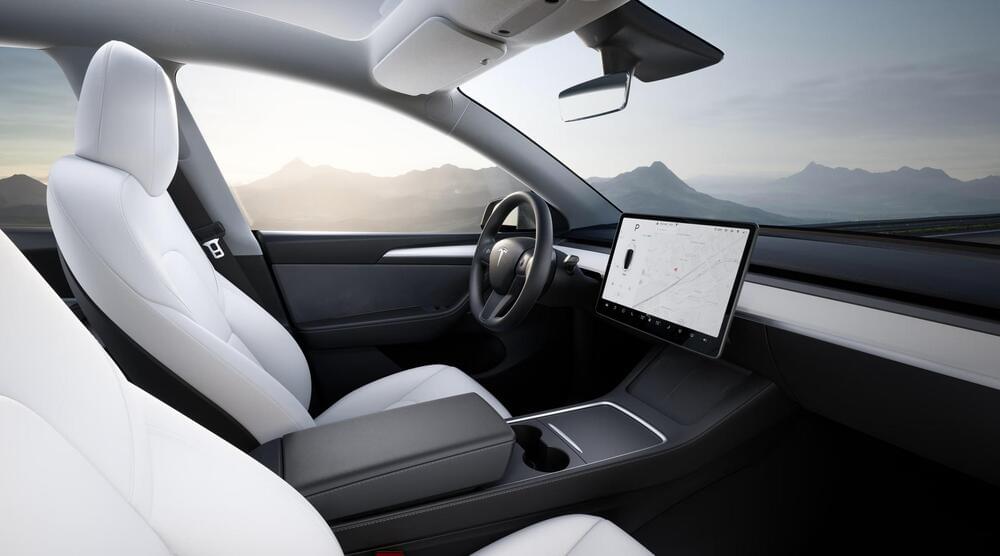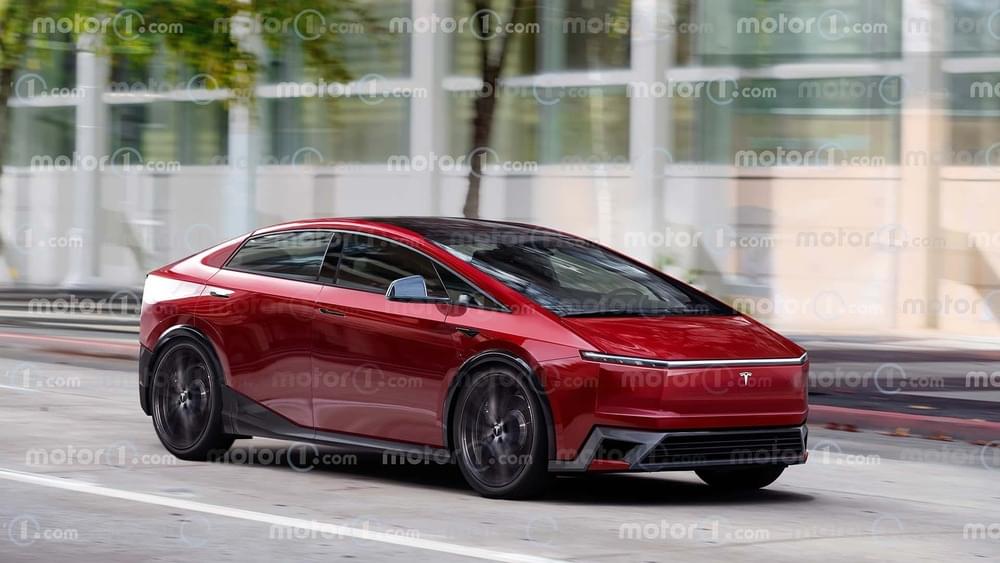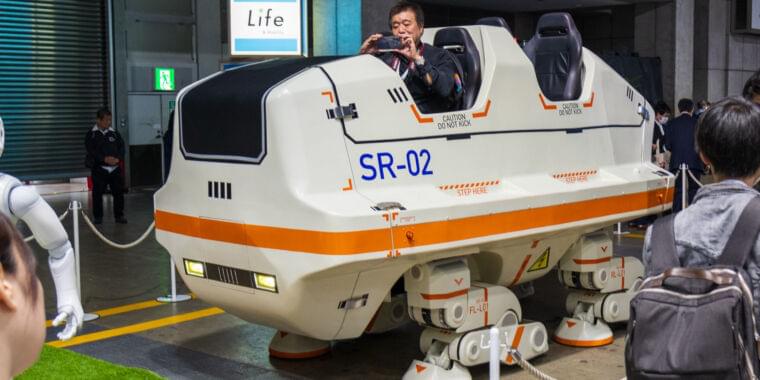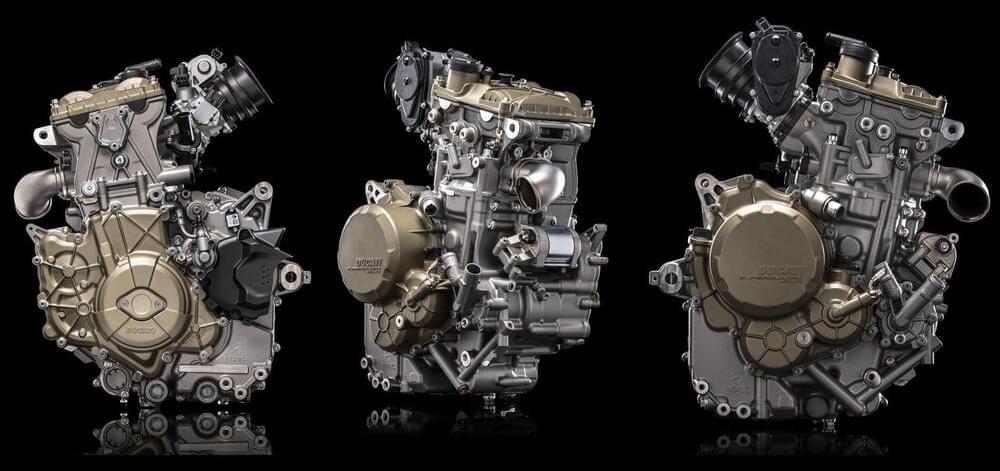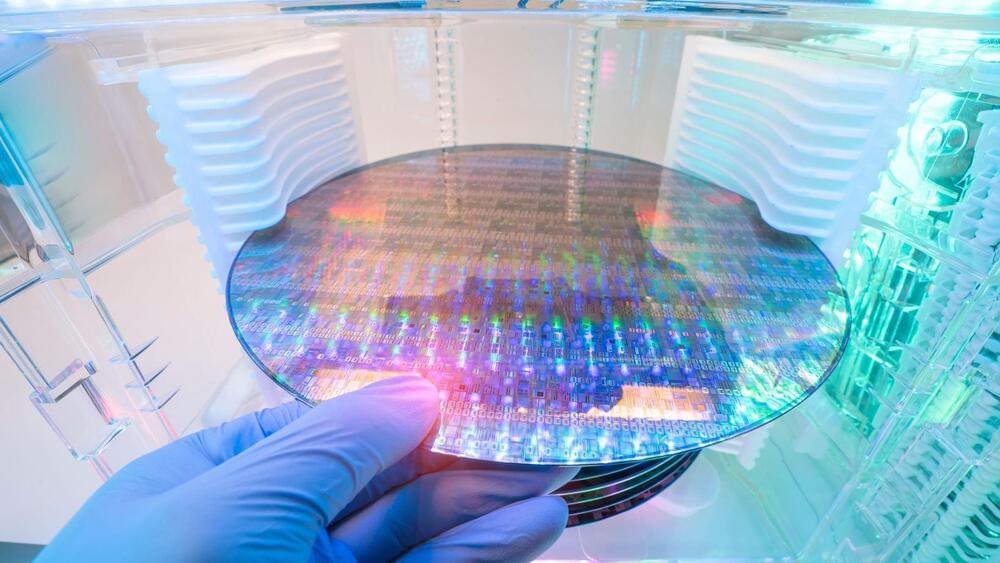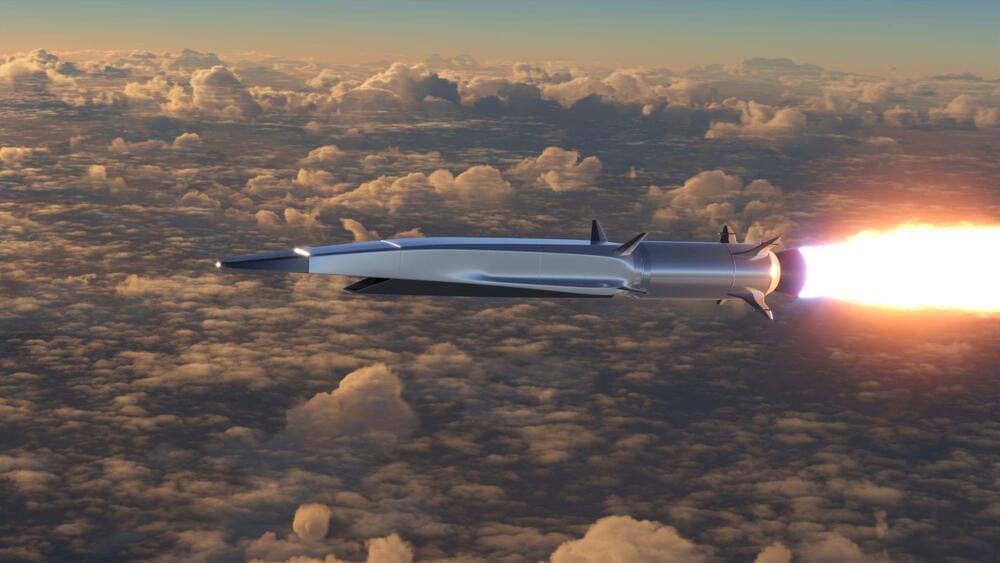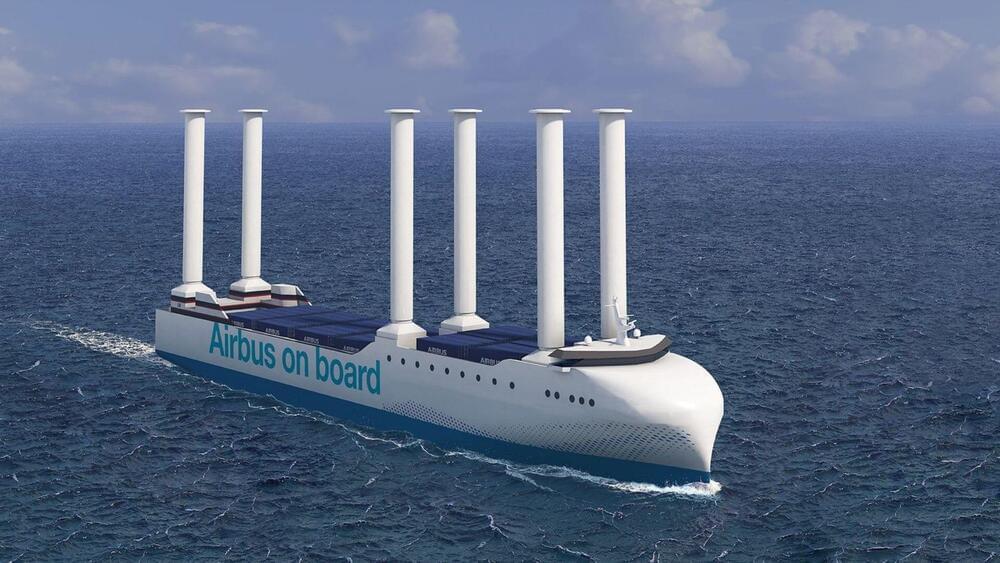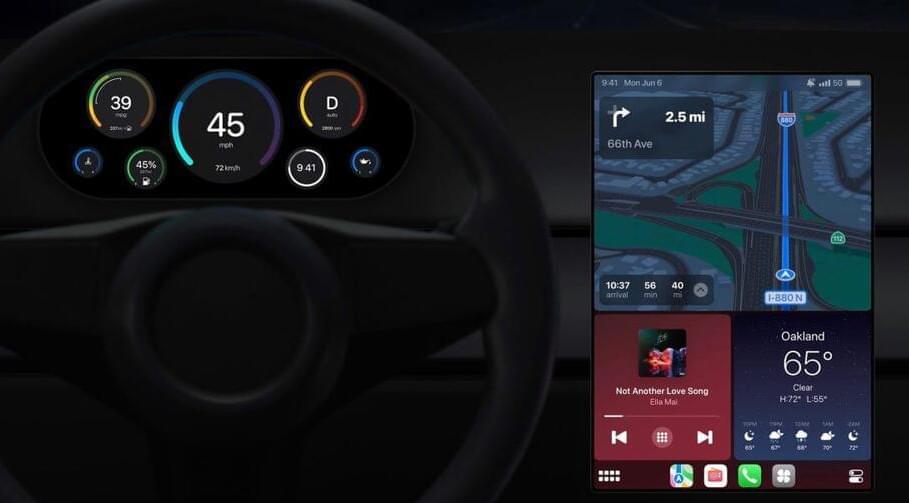The Tesla Cybertruck has been spotted in a handful of unique colors and designs over the last several weeks, the latest of which includes a new matte black that hasn’t yet been seen before — as driven by one of the automaker’s top executives.
Tesla’s Head of Design, Franz von Holzhausen, was seen driving a matte black Cybertruck in Santa Monica on Saturday, as spotted by X user AtomAntEater. In the clip, the vehicle can be seen with von Holzhausen behind the wheel outside of Santa Monica Teslas and Coffee before driving away.
We saw Franz driving a matte black Cybertruck at today’s Santa Monica Teslas & Coffee. Franz said “nice shirt” when he noticed the man was wearing a CT t-shirt. Dope or nope? @DMC_Ryan @BLKMDL3 @TeslaOwnersSCV @TeslaClubSoCal @ChargeGoGroup pic.twitter.com/wl3TAR0hHP

